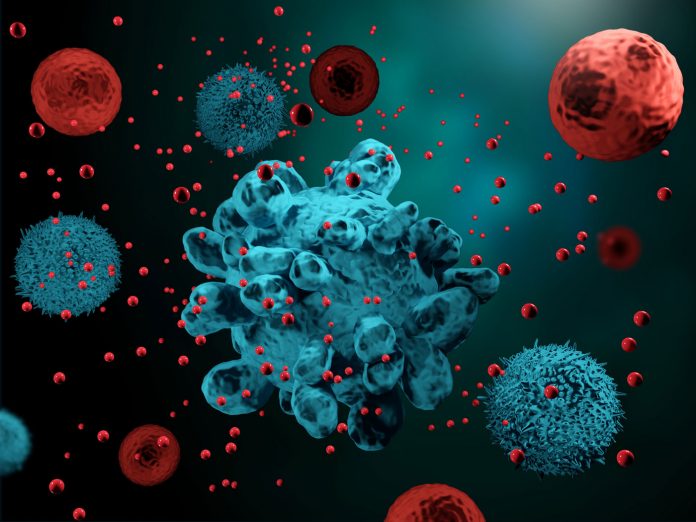CAR T Therapy: Introduction, Classifications, FDA Approved Drugs & Side Effects
October 5, 2020 2021-12-20 6:25CAR T Therapy: Introduction, Classifications, FDA Approved Drugs & Side Effects
CAR T Therapy is a patient-specific treatment in which T cells are isolated from the patient by apheresis and cultured using cytokines to actively proliferate and increase in number. Expanded T cells are transduced with gene encoding CAR (Chimeric Antigen Receptor). These modified T cells that attack and kill cancerous cells are called CAR T cells. In 2017, FDA approved two drugs for CAR T therapy i.e. KYMIRA (Tisagenlecleucel) and YESCARTTM (Axicabtagene ciloleucel)

CAR T therapy is classified into 4 generations due to the constant evolution of the design of CAR over the years. They are as follows:
- First Generation: only CD3ζ domain
- Second Generation: CD3ζ domain and other co-stimulatory signalling domains e.g. CD28
- Third Generation: two costimulatory domains CD28 and 4-1BB
- Fourth Generation: includes additional co-stimulatory ligand genes or cytokine transgene
Kite Pharma, a subsidiary of Gilead Sciences has two drugs in the market – YESCARTTM for Relapsed or Refractory Large B-cell Lymphoma after two or more lines of Systemic Therapy and KTE-X19TM for Relapsed or Refractory Mantle Cell Lymphoma. FDA asks manufacturers for REMS so that drug/biological benefit outweighs risks. One of the major side effects of CAR T therapy is Cytokine Release Syndrome (CRS). CAR T starts multiplying in the patient’s body which leads to excess secretion for cytokine thus patient shows the symptoms of high fever and low blood pressure which is fatal for the patient.

Author Profile
Aasim Shaikh, Biocon KGI Certificate Program in Biosciences, Batch 17








